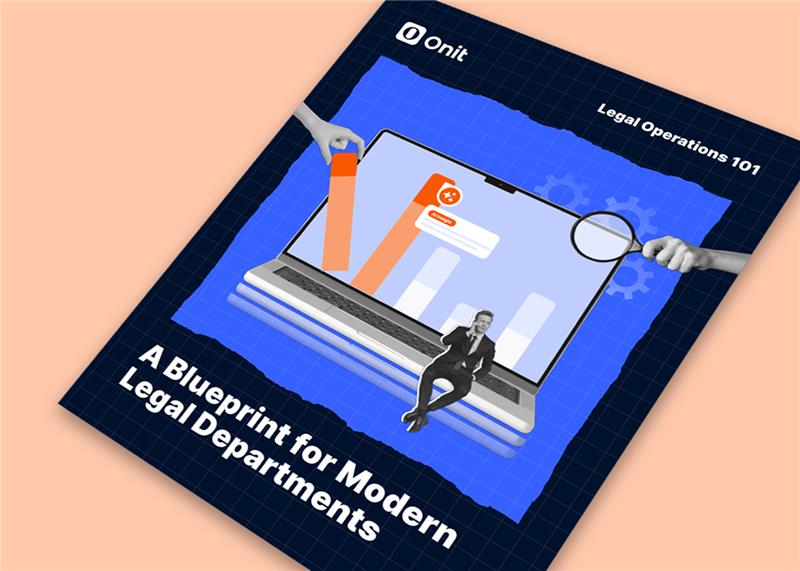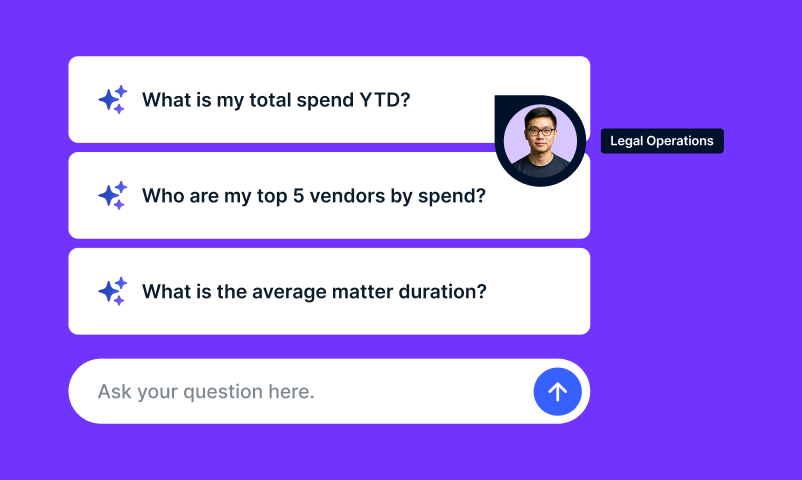Businesses that implement a seamless contract lifecycle management (CLM) process compress their time to revenue, mitigate risks by having fewer contractual exceptions and increase customer satisfaction. But managing the lifecycle of a contract – from request and creation, review and approval, to execution and renewal — involves a lot of departments, and those departments often don’t have access to the same systems. But there are other hurdles to overcome, such as these five common contract lifecycle management challenges:
- Speed vs. Control
The biggest source of friction in the contract lifecycle comes from the balancing act between speed and control. Because contracts are so critical, legal’s preference is to examine contracts in extreme detail. Sales often has a different interest, pressuring legal to get out of the way so deals can close faster. The main business challenge becomes moving contracts through quickly but with enough oversight to effectively manage company risk. - Lack of Visibility
Part of what exacerbates the speed vs. control dilemma for legal is a general lack of visibility into contract terms, obligations and value. If you can’t see it, you can’t control it. This becomes a major pain point because agreements outline the terms of the value exchanged, and if you can’t ensure you are getting the right value for your deals, money is slipping through your company’s fingers. Lack of visibility is an especially serious problem for expiring contracts and renewals. - Inconsistent Legal Language
It’s important to be consistent in the use of terms and language in your contracts. Gaps in standardized language can introduce risk or confusion. If you can’t determine if your contracts contain accurate language, or what is different between contracts, lawyers might have to get involved in every single deal. This is not only inefficient but also increases the risk of being non-compliant or leaving revenue on the table. - Information Silos and Manual Processes
Managing all of the necessary steps in your contract process is hard enough internally across several departments. The complexity of managing contracts increases exponentially when you have to manage contracts across several office locations, time zones or languages. The ability to have everything centrally located with changes tracked in real time becomes critical. Human error, bottlenecked contract cycles and limited process control can increase risk dramatically when contracts are managed manually. Automating contract management helps companies improve control and visibility and significantly shortens contract creation time. - Inability to Manage Changes
It’s important to have a mechanism for managing changes over time. You need to be up to speed on renewal dates, pricing changes, emerging legal requirements and other events that will require you to speak to your customer/vendor specifically about your contractual relationship. Your ability to manage the contract, particularly changes over time and the renewal process, will have a direct impact on your customer retention rate.
So what can we do to meet these contract lifecycle management challenges head-on and with limited resources? You guessed it: technology is the clear winner in this category. The profound impact of technology on CLM is gaining momentum globally as more companies are realizing its extensive benefits as a business value driver. These cloud-based solutions offer painless integration, user-friendly interfaces, increased workflow and reduced costs across the board. Collaboration in handling projects is becoming more prevalent and sought-after, and CLM software companies have responded in kind by injecting more collaborative functionality into their products, another benefit of the SaaS model.
The best CLM solutions offer an array of features and benefits to fit organizations of all sizes and needs. A contract lifecycle management solution should offer complete control and visibility of your customer contracts, in all stages from review to approval to execution to renewal. The best CLM solutions simplify the submission, review, approval and management of contracts in one easy to use tool. Team members should never have to search their inbox or hard drive for the latest version or keep an Excel spreadsheet to manage their contracts. Powerful business analytics and reporting engines are additional hallmarks of the best CLM solutions, and are crucial in helping team members with their reporting, configuring notifications and other tasks.
Another important consideration in the value of CLM is how high the cost of non-compliance with regulations can be, and CLM is well-prepared to assist with this. Efficiency and transparency in reporting is another much-welcomed feature of these solutions, as well as the ability to flag possible problematic contracts before they reach the execution stage. Collaboration is a key ingredient in any operation involving many people, and contract management is a good example. Oftentimes, solution providers miss the mark (or ignore it altogether) on collaboration ability in their software. The interaction of multiple stakeholders such as legal professionals, attorneys and accountants requires that the CLM solution enable and encourage collaboration from inside and outside of the organization. Team members are then able to leverage knowledge from one another, and in turn be more productive and conserve the amount of time spent on projects.
If you’d like to see a demo of Onit CLM, click here.







